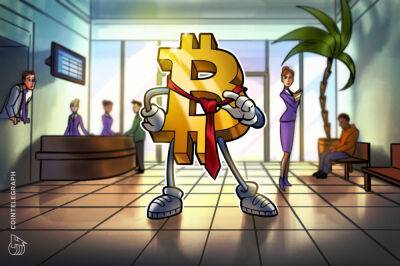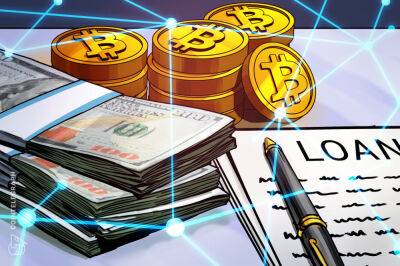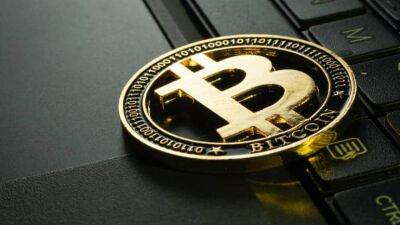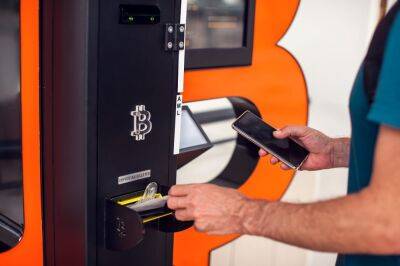Bitcoin struggles to flip $24K to support, but data shows pro traders stacking sats
Bitcoin (BTC) rallied on the back of the United States Federal Reserve's decision to hike interest rates on July 27. Investors interpreted Federal Reserve chairman Jeremy Powell’s statement as more dovish than the previous FOMC committee meeting, suggesting that the worst moment of tight economic policies is behind us.
Another positive news for risk assets came from the U.S. personal consumption expenditures price (PCE) index, which rose 6.8% in June. The move was the biggest since January 1982, reducing incentives for fixed income investments. The Federal Reserve focuses on the PCE due to its broader measure of inflation pressures, measuring the price changes of goods and services consumed by the general public.
Additional positive news came from Amazon after the e-commerce giant reported that its quarterly financial results beat the $119.5 billion estimated revenue by 1.4%. Moreover, Apple released its 2Q results on the same day, matching analyst revenue estimates, while presenting earnings 3.4% above the market consensus.
Exchange-provided data highlights traders’ long-to-short net positioning. By analyzing every client’s position on the spot, perpetual and futures contracts, one can better understand whether professional traders are leaning bullish or bearish.
There are occasional discrepancies in the methodologies between different exchanges, so viewers should monitor changes instead of absolute figures.
Despite Bitcoin’s 14% correction from July 20 to July 26, top traders on Binance, Huobi and OKEx have increased their leverage longs. To be more precise, Binance was the only exchange facing a modest reduction in the top traders’ long-to-short ratio, moving from 1.22 to 1.20.
However, this impact was more than compensated
Read more on cointelegraph.com





















